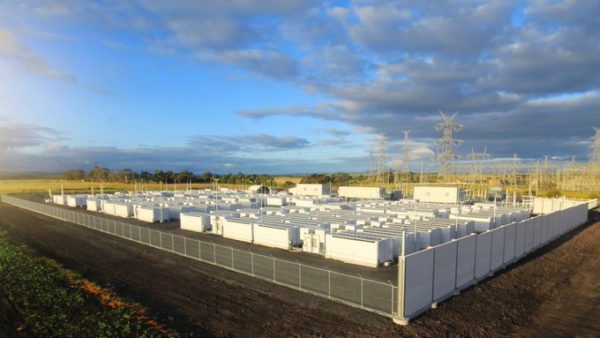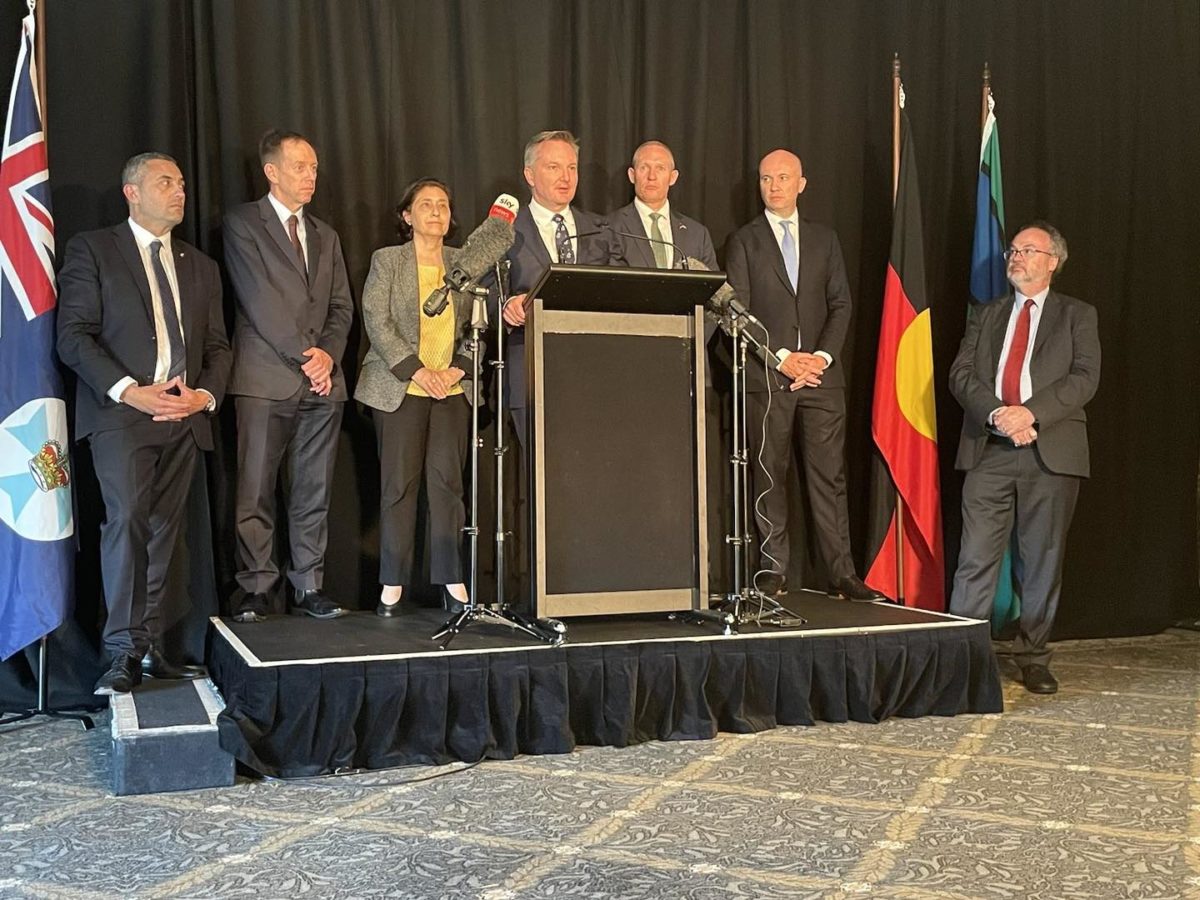Australia’s federal, state and territory energy ministers have signed off on a Capacity Investment Scheme (CIS) that will incentivise new investment in renewable energy generation backed by batteries, pumped hydro and other long-duration storage technologies to support the ongoing decarbonisation of the grid.
The CIS, agreed to at a meeting of energy ministers in Brisbane on Thursday and to be underwritten and guaranteed by the Commonwealth, will provide the national framework to ensure there will be a reliable supply of clean dispatchable power, regardless of conditions in the market.
Federal Energy Minister Chris Bowen said the new revenue underwriting mechanism will unlock about $10 billion worth of investment in renewable electricity backed by storage technologies to support reliability and security as the energy market undergoes its biggest transformation since the industrial revolution.
“It will firm-up our grids, providing extra capacity as more and more power stations leave the power grid. As more and more coal-fired power stations inevitably close, we will firm the grid going forward,” he said.
As part of its legislated target of net zero emissions by 2050, the Australian government is targeting a 43% reduction on 2005 levels by 2030. Meeting the government’s 2030 target will mean boosting renewable energy production to 82% of the nation’s electricity supply.
With at least five of Australia’s coal-fired power stations set to close before the end of the decade, Australia needs to install 45 GW of new supply by 2030, including about 36 GW from renewable generation like solar and wind.
The Australian Energy Market Operator (AEMO) has forecast that about 9 GW of new firming capacity like pumped hydro, batteries, and lower-emissions gas generation will be needed by 2030 to unlock those renewables but warned that by 2050 that figure will climb to about 60 GW.

Image: Neoen
Bowen said by accelerating new investment, the CIS will encourage the ideal mix of storage and renewable technologies needed in the system over the coming decade.
“It’s a ‘keeping the lights on’ mechanism, you’ve heard us talk about it many, many times, it’s been in the too-hard basket for a long time,” he said.
“This is a sensible, carefully designed mechanism, which will unleash investment in clean dispatchable energy right across Australia.”
The government will conduct auctions for dispatchable renewable energy in close consultation with the jurisdiction for the capacity and agree to floor and ceiling revenue for the projects to help cover project operating costs and debt repayments. If revenue is below the floor, the Commonwealth will pay the difference, and if the ceiling is exceeded, it will share in the profits.
The scheme will not include payments to coal-fired plants, which had been part of a separate capacity market scheme prepared by energy regulators earlier this year.
Bowen said the capacity scheme would complement existing state and territory schemes, such as the NSW Electricity Infrastructure Roadmap, and therefore not alter competitive tenders currently underway.
While further details on how the CIS will be structured are yet to be announced, its anticipated the first auction as part of the capacity mechanism will occur in 2023.
Clean Energy Council (CEC) Chief Executive Kane Thornton described the scheme as a win for investors but cautioned that more work needs to be done to support investment in renewable energy projects.
“While measures to accelerate storage rollout are important, we also need to develop the markets and technical frameworks that will enable stable, long-term investment in storage,” he said.
“Renewable energy is the only answer to keep energy affordable in the long term.”
This content is protected by copyright and may not be reused. If you want to cooperate with us and would like to reuse some of our content, please contact: editors@pv-magazine.com.









Interesting. Bowen is quick to act on this but he’s still not acted on Huawei inverters after he came out and exposed the risk in an AFR article https://www.afr.com/policy/energy-and-climate/chinese-solar-a-key-risk-to-australia-s-2030-climate-goal-bowen-20220923-p5bkit
Hi Toby, thanks for your comment! I can’t speak to any specific Huawei allegations (nor can I see any in the linked article), but the federal government is certainly doing a lot of policy work around “friendshoring” energy supply chains. We have been reporting on the issue, including: https://www.pv-magazine-australia.com/2022/11/02/australia-us-push-to-friendshore-critical-supply-chains-draws-rebuke-from-china-praise-at-all-energy/ and https://www.pv-magazine-australia.com/2022/11/23/does-australia-have-the-stomach-to-become-a-critical-minerals-superpower/